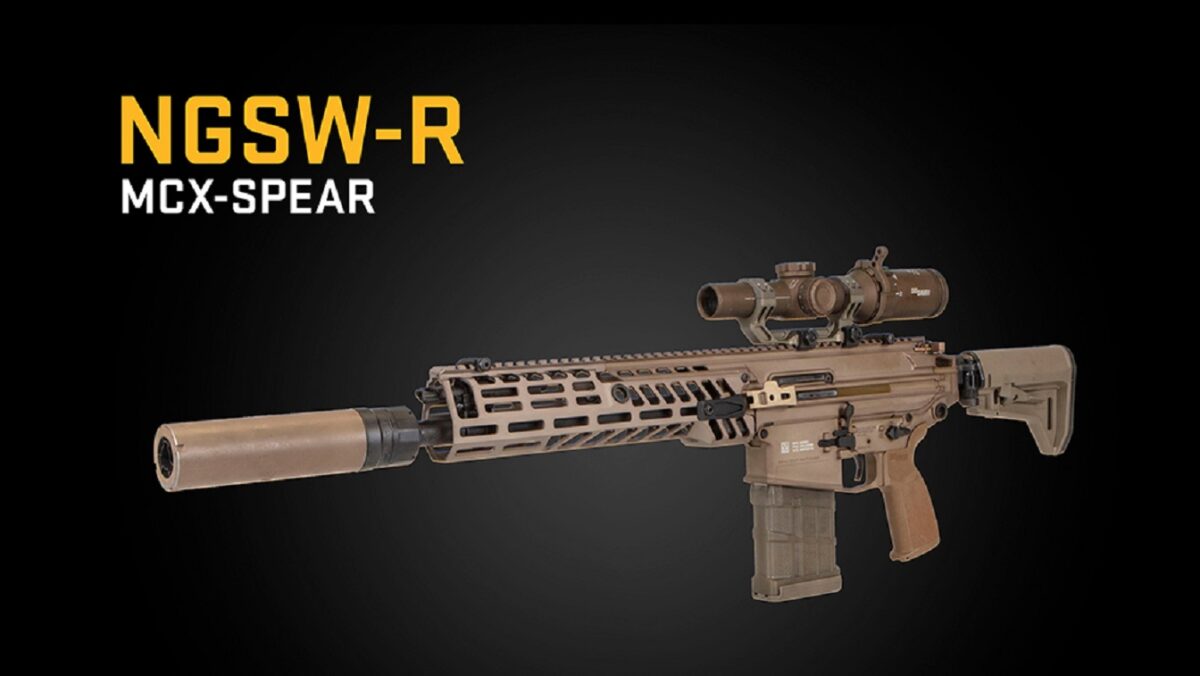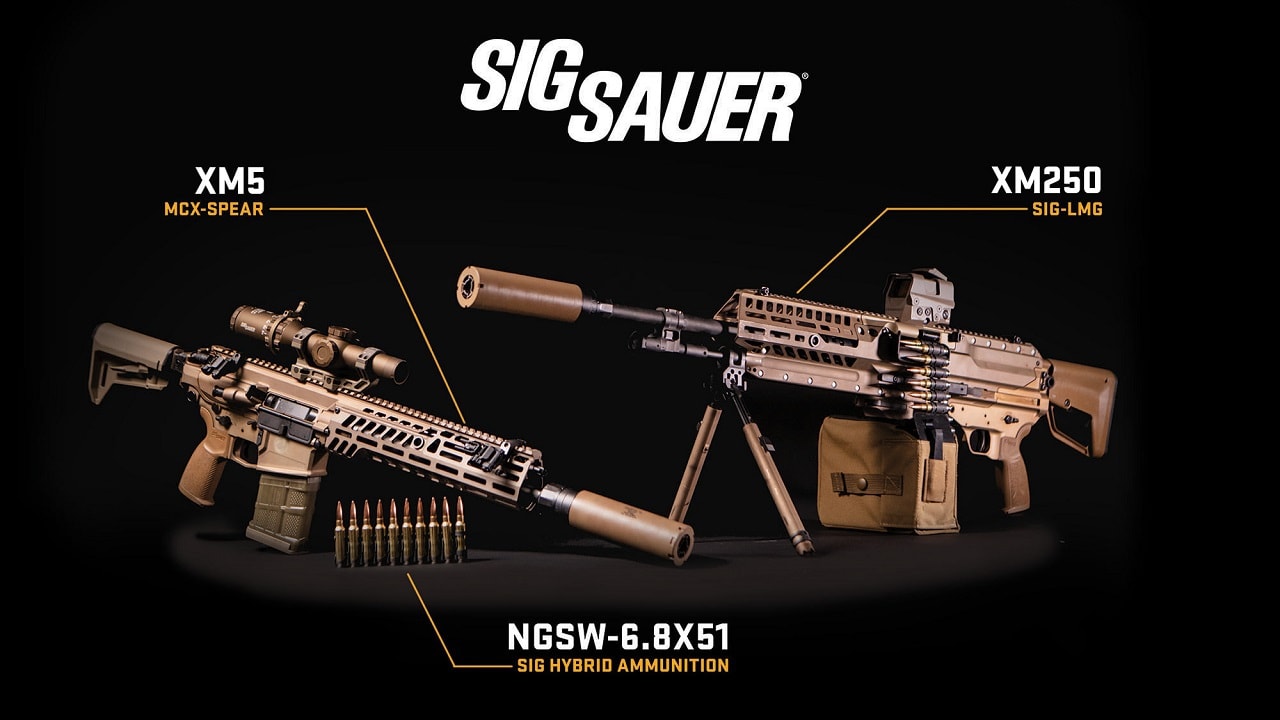Last month, the United States Army announced that it had selected Sig Sauer, Inc. to manufacture and deliver the two Next Generation Squad Weapon (NGSW) variations including the M5 rifle and M250 automatic rifle, as well as the 6.8 Common Cartridge Family of Ammunition. The award was made following “a rigorous 27-month prototyping and evaluation effort” that included numerous technical tests.

SIG Sauer NGSW. Image Credit: Creative Commons.
The value of the initial delivery order on the contract was $20.4 million for the weapons and ammunition that will undergo testing – while the Army will ultimately acquire at least 107,000 M5 rifles to replace the M4/M4A1 carbine, while it will initially purchase some 13,000 M250 Automatic Rifle to replace the M249 Squad Automatic Weapon (SAW). According to Task & Purpose, the value of that contract would be worth around $4.7 billion, but as the M5 and M250 become the standard U.S. military weapons, it will certainly result in far greater profits for the New Hampshire-based Sig Sauer.
That could explain why another competitor in the NGSW competition, LoneStar Future Weapons, LLC, filed a bid protest with the United States Government Accountability Office (GAO) last week. The due date for the protest is August 26, 2022. Further details were not provided in the bid protest, and so far the U.S. Army, Sig Sauer, and even LoneStar Future Weapons have been silent on the matter.
The Best Gun?
The Sig Sauer design has been generally considered an evolutionary step forward. Based on the company’s MCX firearms line, the overall design was considered similar enough to the legacy systems that soldiers shouldn’t need additional training.
The offering from LoneStar was considered far more radical as it featured a “bullpup” configuration – where the magazine is behind the trigger control assembly – along with a reciprocating barrel that could move backward with each shot fired to absorb recoil. In addition, the LoneStar weapons were designed to use composite 6.8mm ammunition made by True Velocity, which was reported to be approximately 30 percent lighter than brass cartridges.
History Repeats Itself
This is not the first time a firearms manufacturer has filed such a protest with the government over a U.S. Army award. In February 2017, Glock filed a similar protest with the GAO after Sig Sauer was awarded a contract following the XM17 Modular Handgun System competition. The Army had announced in January of that year that it would replace the M9 Beretta, which had been the service’s standard sidearm for more than 30 years, with the modified Sig Sauer P320.
Glock had challenged the Army’s “interpretation of the solicitation regarding the minimum number of contract awards required by the Request For Proposal (RFP).” In the end, GAO denied the challenge, finding that the RFP allowed the Army to make only one award, although three were permitted under the proposal’s terms.
Now a Senior Editor for 1945, Peter Suciu is a Michigan-based writer who has contributed to more than four dozen magazines, newspapers and websites. He regularly writes about military hardware, and is the author of several books on military headgear including A Gallery of Military Headdress, which is available on Amazon.com. Peter is also a Contributing Writer for Forbes.

